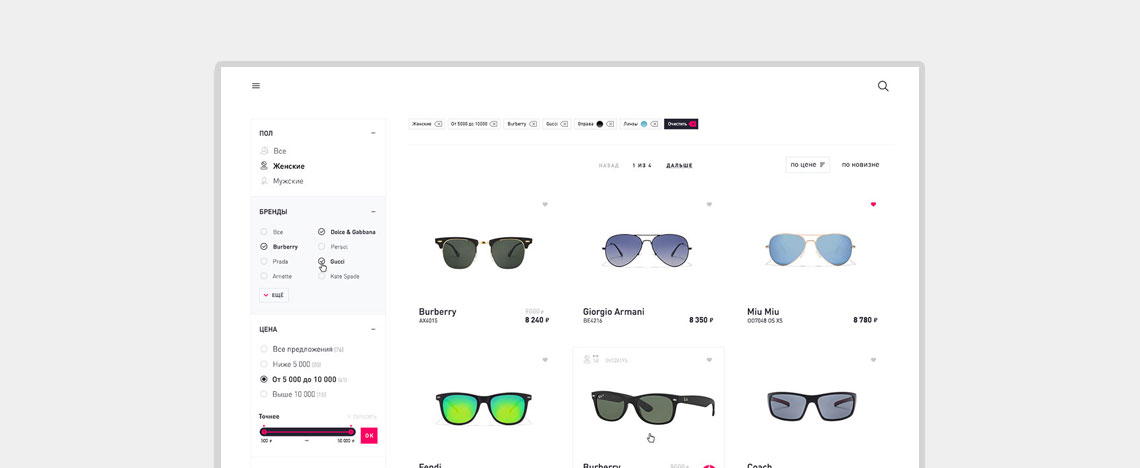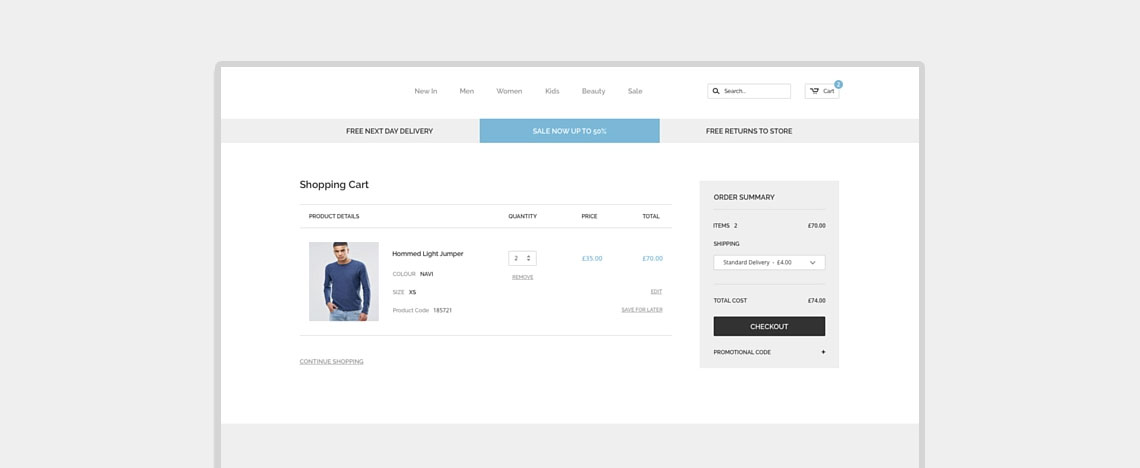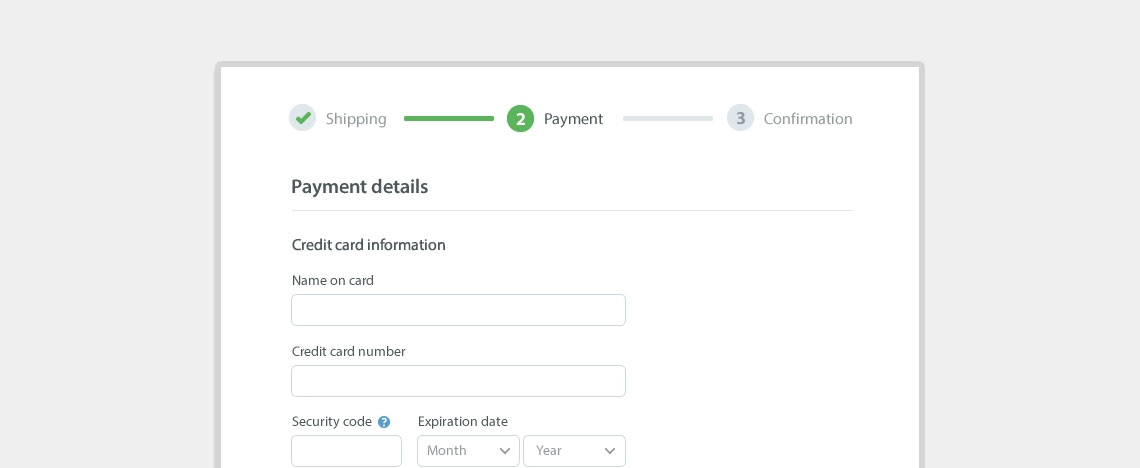A platform that not only provides the opportunity for sellers to sell and manage their products globally but also allows consumers to compare the goods for price and quality and make an informed choice when they buy online needs to be developed.Apart from common features which an e-commerce platform holds, this platform emphasis importance over consumers’ satisfaction by providing them a feature to generate order requests with self-desired quality.
Brainstorming:
Designing Phase:
Execution Phase:
Client Request Based Project Delivery:
The Deployment Phase:
Delivery of successfully developed bug-free application with all implemented features as per the scope of work. As a final complete product, it serves as a platform that allows customer service representatives to have a single view of a customer across all channels, a centralized order and inventory management system that can efficiently fulfill orders from all your sales channels. Following are the features:
Operation
E-commerce


